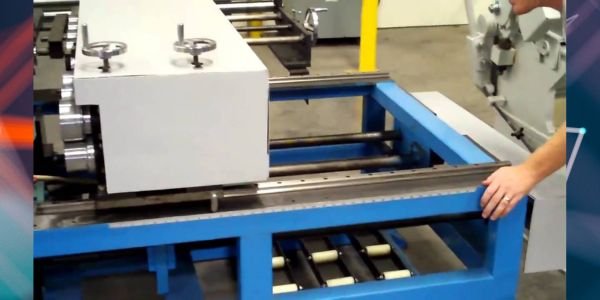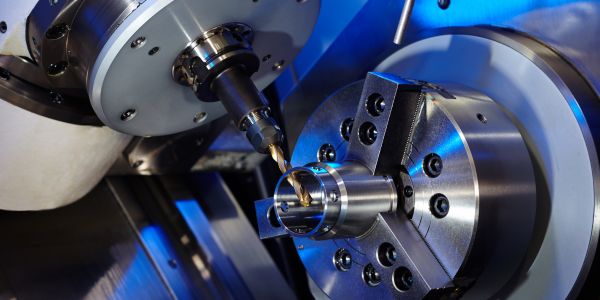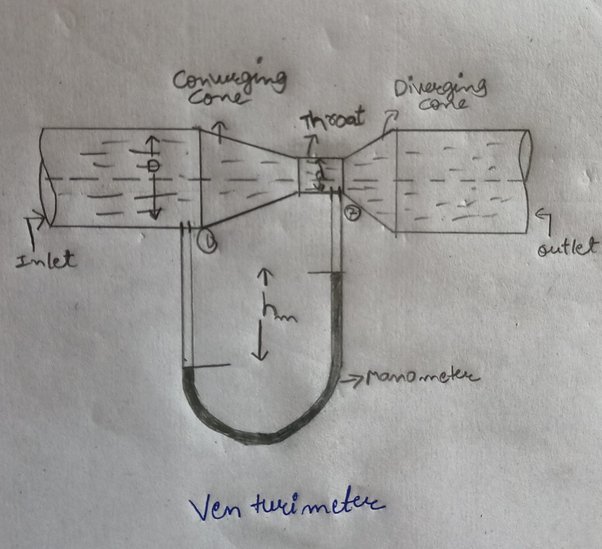Table of Contents
Types of Metal Introduction
Metals are one of the most important materials used in a wide range of applications, from construction to electronics. They have unique properties such as high strength, durability, and conductivity, making them essential in various industries. There are numerous types of metals available, each with its own unique properties and applications.
When it comes to metals, they are broadly classified into two categories: Ferrous and Nonferrous. The differentiation is based on the presence of iron in the metal. Ferrous metals contain iron while nonferrous metals do not. Understanding the difference between these two categories can help in selecting the right metal for a particular application.
Ferrous Metals
Ferrous metals are widely used in construction, manufacturing, and engineering industries due to their strength, durability, and magnetic properties.:
Cast Iron
Cast iron is an alloy of iron, carbon, and silicon. It is brittle and not as strong as other ferrous metals. However, it is durable and resistant to wear and tear. Cast iron is used in the manufacturing of cookware, pipes, and pump housings.
Wrought Iron
Wrought iron is an alloy of iron with a small amount of carbon. It is malleable and ductile, making it easy to shape and bend. Wrought iron is used in the manufacturing of gates, fences, and decorative items.
Steel
Steel is a popular metal that is widely used in construction, automotive, and manufacturing industries. It is an alloy of iron and carbon, with other elements such as manganese, silicon, and phosphorus added to improve its properties. Steel is known for its high strength, durability, and resistance to corrosion, making it ideal for structural applications.
There are many different types of steel available, each with its own unique properties and characteristics.
Carbon Steel
Carbon steel is the most commonly used type of steel and is made up of a combination of iron and carbon. The amount of carbon in the steel can range from 0.05% to 2.0%. Carbon steel is known for its strength and durability, making it a popular choice for structural and construction applications. It is also used in the manufacturing of tools, machinery, and equipment.
Alloy Steel
Alloy steel is a type of steel that has been combined with one or more other elements to create a new material with improved properties. Common alloying elements include manganese, nickel, chromium, and molybdenum.
Alloy steel is known for its strength, toughness, and resistance to corrosion, making it a popular choice for applications where these properties are important, such as in the manufacturing of aircraft parts, automotive components, and industrial equipment.
Stainless Steel
Stainless steel is a type of steel that contains at least 10.5% chromium, which gives it its signature resistance to corrosion. Other elements such as nickel, molybdenum, and titanium may also be added to improve the material’s properties.
Stainless steel is commonly used in applications where hygiene and cleanliness are important, such as in the food and beverage industry, medical equipment, and architectural structures.
Tool Steel
Tool steel is a type of steel that has been specifically designed for use in the manufacturing of tools, such as drills, saw blades, and cutting tools. Tool steel is known for its hardness, toughness, and resistance to wear and tear. It is typically made up of a combination of carbon and alloying elements such as chromium, vanadium, and tungsten.
High-Speed Steel
High-speed steel is a type of tool steel that has been specifically designed for use in high-speed machining applications. It is known for its ability to maintain its hardness and toughness at high temperatures, making it ideal for use in cutting tools, drills, and other machinery.
Weathering Steel
Weathering steel is a type of steel that has been specifically designed to resist corrosion and weathering. It is commonly used in outdoor structures such as bridges and buildings, as well as in the manufacturing of outdoor equipment and machinery. Weathering steel contains small amounts of copper, nickel, and phosphorus, which create a protective layer on the surface of the material that resists corrosion.
Nonferrous Metals
Nonferrous metals do not contain iron and are typically more expensive than ferrous metals. However, they have unique properties that make them ideal for specific applications. Here are the main types of nonferrous metals
Aluminum
Aluminum is a lightweight metal that is commonly used in aerospace, automotive, and packaging industries. It has an excellent strength-to-weight ratio, making it an ideal material for applications that require a lightweight yet strong material. Aluminum is also highly resistant to corrosion, making it suitable for outdoor applications.
Copper
Copper is a widely used metal in electrical and plumbing applications due to its excellent conductivity and resistance to corrosion. It is also used in the manufacturing of coins and jewelry due to its aesthetic appeal. Copper is known for its malleability, ductility, and high thermal conductivity.
Brass
Brass is an alloy of copper and zinc and is widely used in decorative applications due to its golden color. It is also used in plumbing and electrical applications due to its excellent conductivity and corrosion resistance. Brass is known for its low friction, making it an ideal material for applications that require low friction such as locks and gears.
Titanium
Titanium is a strong and lightweight metal that is widely used in the aerospace and medical industries. It has excellent corrosion resistance and a high strength-to-weight ratio, making it ideal for applications that require a lightweight yet strong material. Titanium is also biocompatible, making it suitable for medical implants such as joint replacements.
Gold
Gold is a precious metal that is widely used in jewelry and decorative applications due to its aesthetic appeal. It is also used in electronics and aerospace industries due to its excellent conductivity and corrosion resistance. Gold is known for its ductility, malleability, and resistance to tarnishing.
Silver
Silver is a widely used metal in jewelry and decorative applications due to its aesthetic appeal. It is also used in the electronics and photography industries due to its excellent conductivity and reflectivity. Silver is known for its ductility, malleability, and resistance to corrosion.
Nickel
Nickel is a metal that is widely used in the production of stainless steel and other alloys. It is known for its excellent corrosion resistance and high-temperature resistance, making it ideal for applications in chemical and petrochemical industries. Nickel is also used in electronics and aerospace industries due to its excellent magnetic properties.
Also, read emery paper































Comment on “Types of Metals – Ferrous and Non-Ferrous”
Comments are closed.